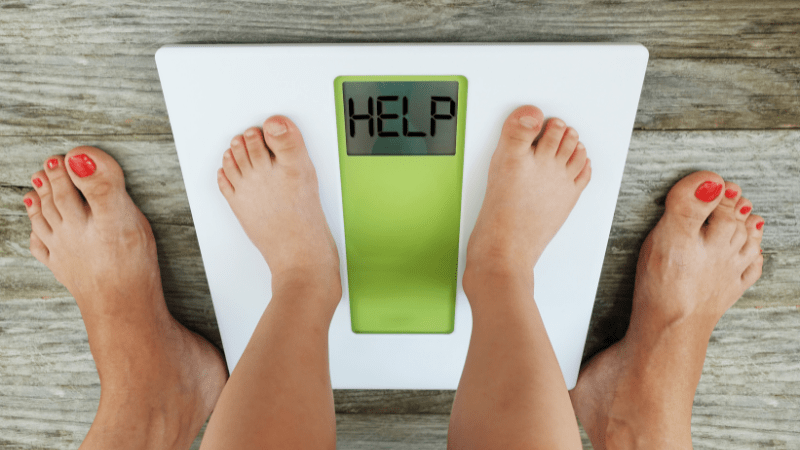
A large and authoritative body of evidence suggests that the increasing availability, affordability, and promotion of foods high in fats, sugar and salt is the primary driver of the rise of obesity. Obesity is a disease affecting millions of people worldwide, and South Africa is one of the countries with the highest number of overweight and obese adults. Unfortunately, there is also an increase in the number of obese children. The South African National Health and Nutrition Examination Survey (NHANES-1) showed a combined overweight and obesity prevalence of 13.5% in children aged 6–14. This is higher than the 10% prevalence in schoolchildren globally.
What is more disturbing is that research has shown a strong association between obese children and their likelihood of becoming obese adults. Obese children (in both childhood and adolescence) are five times more likely to be obese as adults than non-obese children. A meta-analysis study indicated that 90% of obese adolescents were either overweight or obese in earlier childhood. Obesity persisted from adolescence to adulthood: about 80% of obese adolescents were still obese in adulthood, and 70% were still obese after age 30.
Dr Portia Mutevedzi, a Senior Epidemiologist at the University of Witwatersrand (Wits), recently found that in our medium-income bracket households, we see a lot of obese and overweight children. This affects children both in terms of their physical growth and mental development. She added: “If a child has too many carbohydrates, the body converts this into fat which ends up stored, and eventually the child can become obese. The nutritional components in the food we eat are directly related to the growth in your muscles, the development of your immune system, and your brain.”
The Vicious Circle
The vicious circle: Children start the day with sugary breakfast cereals providing them with instant high-energy that spike their sugar level, which will cause insulin to be released and a drop in blood sugar, which means no sustained energy. They become hyperactive but not attentive or able to concentrate. When their sugar dips, they won’t have sufficient energy for proper brain function for a sustained period of time throughout the day. Mutevedzi also noted that a lack of education about what good nutrition is, is seriously lacking among parents. We must provide parents and children with support to access nutritious foods, be active and thrive. Children and young people are counting on us. It is clear that the growth in obesity is not simply about children or families making ‘bad choices’. Around the world, the spread of ‘obesogenic’ environments – settings that promote unhealthy eating and discourage physical activity – is a primary factor. Still, it is essential to bear in mind that there is more behind weight than just food and exercise.
The reason why children are overweight is multifactorial:
• Psychological reinforcement
• Genetic predisposition
• Sedentary lifestyle
• Nutritious-rich foods are harder to find and are often expensive
• The misbelief that a chubby baby is a healthy baby
• Ultra-processed foods and sugary drinks are cheap and readily available
• Emotion-based marketing strategies aimed at children
Psychological reinforcement
Most parents and grandparents give their children sweets, cakes, chocolate, chips etc., as a special treat. It is also common for parents to offer unhealthy food as a reward for good behaviour or a job well done. They may also withhold those special treats as a means of punishment. For example, a parent might refuse to serve dessert if their children have talked back or haven’t tidied their rooms. This behaviour develops a vicious circle, which turns into a lifestyle.
Call to action!
This blog calls parents, grandparents, family and schoolteachers to take action! Break the vicious circle. Instead of rewarding a child with something sweet, offer rewards unrelated to food to reinforce good behaviour. Involve your child in selecting rewards that are meaningful to them. Reward them by playing a favourite game with a parent, preferably outside for a few minutes, kicking a ball, walking, riding a bike, starting a game of who can do the most squats or sit-ups in a minute, etc. Children need to develop lean muscle mass that will burn the calories that they consume. We must educate ourselves on good nutrition and take up the challenge to help children appreciate nutritious foods and become more active to break the cycle. We have a huge responsibility!
Medical Suites, Cambridge Crossing Shopping Centre
1 Stone Haven Street.
Paulshof
Sandton
South Africa
2191